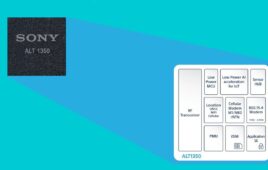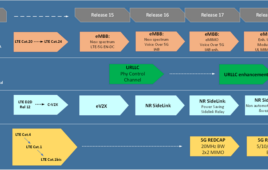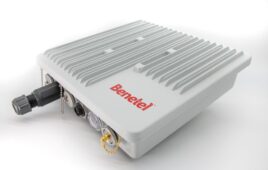Nokia’s N900 is being released as a phone but it is being called a mobile Internet device (MID) by ABI Research. And no wonder: With an ARM Cortex-A8 processor core and a full gigabyte of application memory, the emphasis on mobile phone features is definitely reduced.
The phone is designed for Web browsing. It runs on open source, Linux-based Maemo software that allows users to have dozens of application windows open and running simultaneously. The HSPA handset also features support for Adobe Flash, Wi-Fi and OpenGL ES 2.0 graphics acceleration. It’s expected to debut in select markets in October.
ABI analyst Jeff Orr believes devices like the Nokia N900 will raise the profile of the mobile Internet device market. The firm estimates just 1.5 million mobile Internet devices will be shipped in 2009. Though that number is small compared to handset shipments, it still marks a dramatic increase from 2008, when just 20,000 units were shipped.
“The announcements … by well-known brands Nokia and Sharp are a welcome boost to this nascent category,” Orr said in a report.
MIDs are small, ultra-portable computers that are bigger than a cell phone but smaller than a netbook or laptop computer. They may or may not have voice capabilities and are designed for instant access to e-mail and Web browsing.
Qualcomm’s Smartbook offers the same essential functionality as a MID, but resembles a netbook and will not have voice capabilities.




